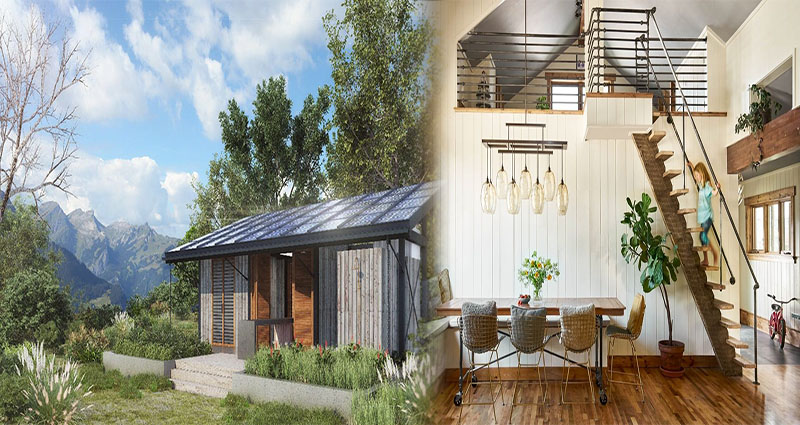As we become increasingly aware of our impact on the environment, sustainable housing has gained popularity as a way to reduce our carbon footprint. Energy-efficient features are an integral part of sustainable housing, as they help minimize the amount of energy needed to power a home. In this article, we will explore the key energy-efficient features in sustainable housing.
1. Insulation
Insulation is one of the most critical energy-efficient features in sustainable housing. By reducing the transfer of heat between the interior and exterior of a home, insulation helps maintain a comfortable temperature year-round while minimizing the need for heating or cooling systems. Effective insulation can significantly reduce energy usage and lower monthly energy bills, creating a more sustainable and cost-effective living space.
2. Energy-Efficient Windows
Windows are another crucial energy-efficient feature in sustainable housing. Windows with double or triple panes and low-emissivity (Low-E) coatings can reduce heat transfer, keeping homes cooler in the summer and warmer in the winter. Properly installed windows can also prevent drafts and air leaks, improving energy efficiency by reducing the need for heating and cooling systems.
3. Energy-Efficient Lighting
Traditional incandescent light bulbs are known for using a lot of energy and generating excess heat. Energy-efficient lighting, such as LED or CFL bulbs, is an effective way to reduce energy usage and lower energy bills in sustainable housing. These bulbs use less energy, have a longer lifespan, and emit less heat compared to incandescent bulbs, making them an environmentally friendly and cost-effective solution.
4. Energy-Efficient Appliances
Appliances are the biggest energy users in most households. Investing in energy-efficient appliances, such as refrigerators, washing machines, and dishwashers, can significantly reduce energy consumption and lower monthly energy bills. Energy Star-rated appliances are certified by the government to meet rigorous energy efficiency standards, making them a reliable and efficient choice for sustainable housing.
5. Renewable Energy Sources
Renewable energy sources, such as solar panels and wind turbines, are gaining popularity as a sustainable energy source for homes. These sources of energy can convert energy from natural sources into electricity, powering the home while reducing the carbon footprint. By taking advantage of renewable energy sources, homeowners can not only reduce their energy bills but also contribute to the overall sustainability of their local community.
Energy-efficient features are critical components of sustainable housing. Insulation, energy-efficient windows and lighting, energy-efficient appliances, and renewable energy sources are just a few examples of the many ways homeowners can build or retrofit their homes to optimize energy efficiency. By incorporating these energy-efficient features, homeowners can create a more sustainable, cost-effective, and environmentally friendly living space for themselves and their families. Together, these energy-efficient features can help reduce our carbon footprint and contribute to a brighter, more sustainable future.












